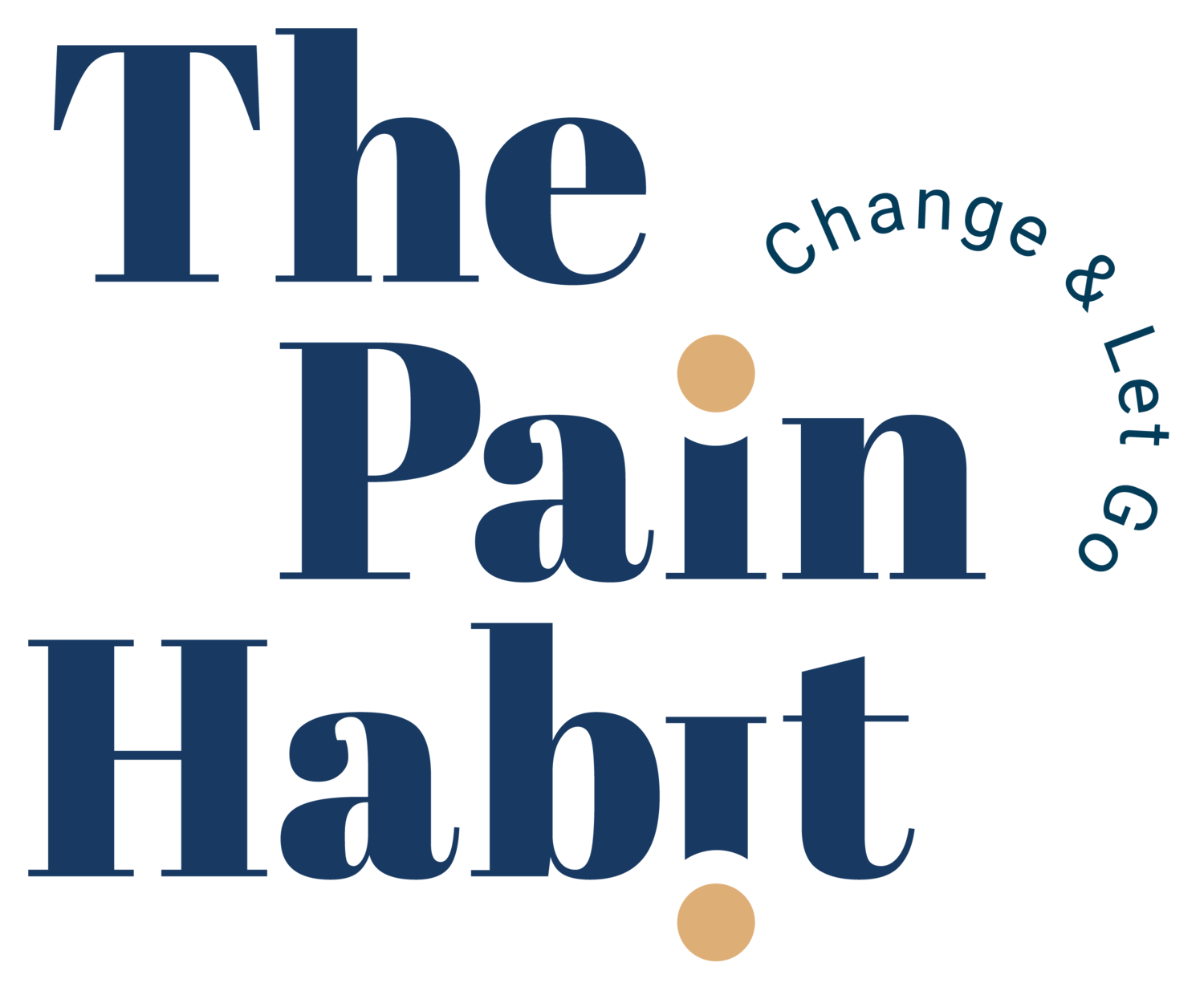The Mysterious Case of Pain In The Car
Here is a little puzzle for you.
See if you can work out why someone would have pain on the way somewhere but not on the way back.
I’ll describe this patients situation and see if you can see why this phenomenon may occur.
When we understand this in others, it can sometimes help us see similar situations in ourselves and our own experience of pain.
Months of Pain
This person had pain in his low back and his leg for many months. There had been no trauma pre-empting this. It had been resistant to anything he’d tried, but within a few sessions of physiotherapy, he started to see improvements.
In his case, he believed that his pain was physical, so we just started with physical elements to help him without exploring any other aspect. He began to see that it wasn’t only the exercises themselves that helped him, but his intent behind doing them, which was also important.
The pain, which had been constant for so long, then became intermittent. The frustration he still had was that he couldn’t see the triggers for when the pain came back, which is a widespread problem for many people recovering from persistent pain, mainly when only focusing on the physical element.
His issue was driving, and this would always make his symptoms worse. However, as they reduced, he was puzzled when he set out on a 45-minute journey in the car one day. He was anticipating it being painful both there and back.
Unbearable after 45 Minutes
After 20 minutes, the pain appeared, and in 45minutes, he could barely sit on his buttock. He was relieved to get out of the car at his destination finally.
He lifted a couple of suitcases out of the boot and set off back home after about a 30-minute break.
The route home was the same distance and time, yet he experienced no pain on the way home.
If the pain was only driven by the car and sitting in it for a certain length of time, then how could he have no pain on his return?
Other Influences
Well, let’s look at the other details of his journey.
He was dropping his youngest daughter off at university, who was leaving home for the first time. She was the youngest of four children. He was going with his wife, and it is easy to understand the emotion behind seeing someone leave the family home, possibly for the last time ever.
When this happens, it can feel hard to let go.
Is this helping you see how other things may influence his experience of pain?
On his return, he sat in the car with his wife, and they chatted about their daughter, obviously with concerns about how she will do but realising that she had to start to fend for herself at this stage in her life.
Making Sense?
Does it make sense to see that he lets go of the emotional resistance to that? He also lets go of his pain? That expression reflected in his body means the drive home was pain-free.
When I offered him this explanation as a possible reason behind what happened, he was blown away. He understood it entirely, but he said that he could have never explained it in that way because of his steadfast belief that his pain was structural.
It is a mistake that many of us make. He recognised that his military background, past experiences, and driven traits influenced the belief that pain was only structural.
Tipping Point
This tipping point now allows him to recognise other triggers that may have been invisible to him for a while. This removes the immediate reactions based on fear or frustration, as the mind starts to consider what else may curiously influence the output of pain.
That moment is the moment of recovery.
The practice after that dictates how long the recovery lasts and how permanent it becomes. It’s a possibility that we all have. It isn’t easy when the triggers feel invisible to us and are often invisible to those we show our pain.
If you feel that this has helped you identify triggers in this person, it may help you see some of your own.
All you have to do is choose to look, but with a sense of curiosity in how your body is responding to those things, and then you can select different behaviours if and when the output of pain appears.
The magic is that when you look curiously, the pain starts not even to show up.
You may just be left there with a smile.
What’s next?
Take Your First Step to Recovery.
Join our FREE private Facebook group, The Pain Habit Community, to see how others have successfully returned to a pain-free life. Get support on your journey.
Sign up for The Pain Habit Blog below.
Subscribe to The Pain Habit YouTube channel.
Buy The Pain Habit book. Order here.



